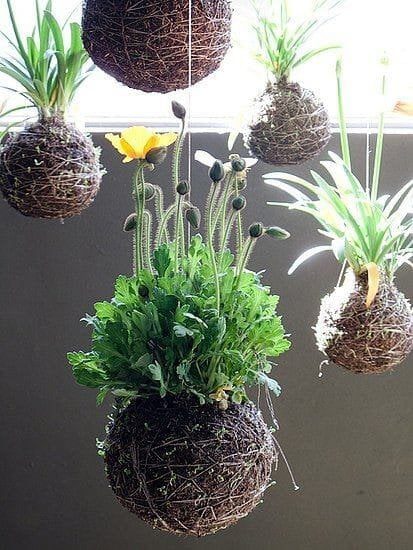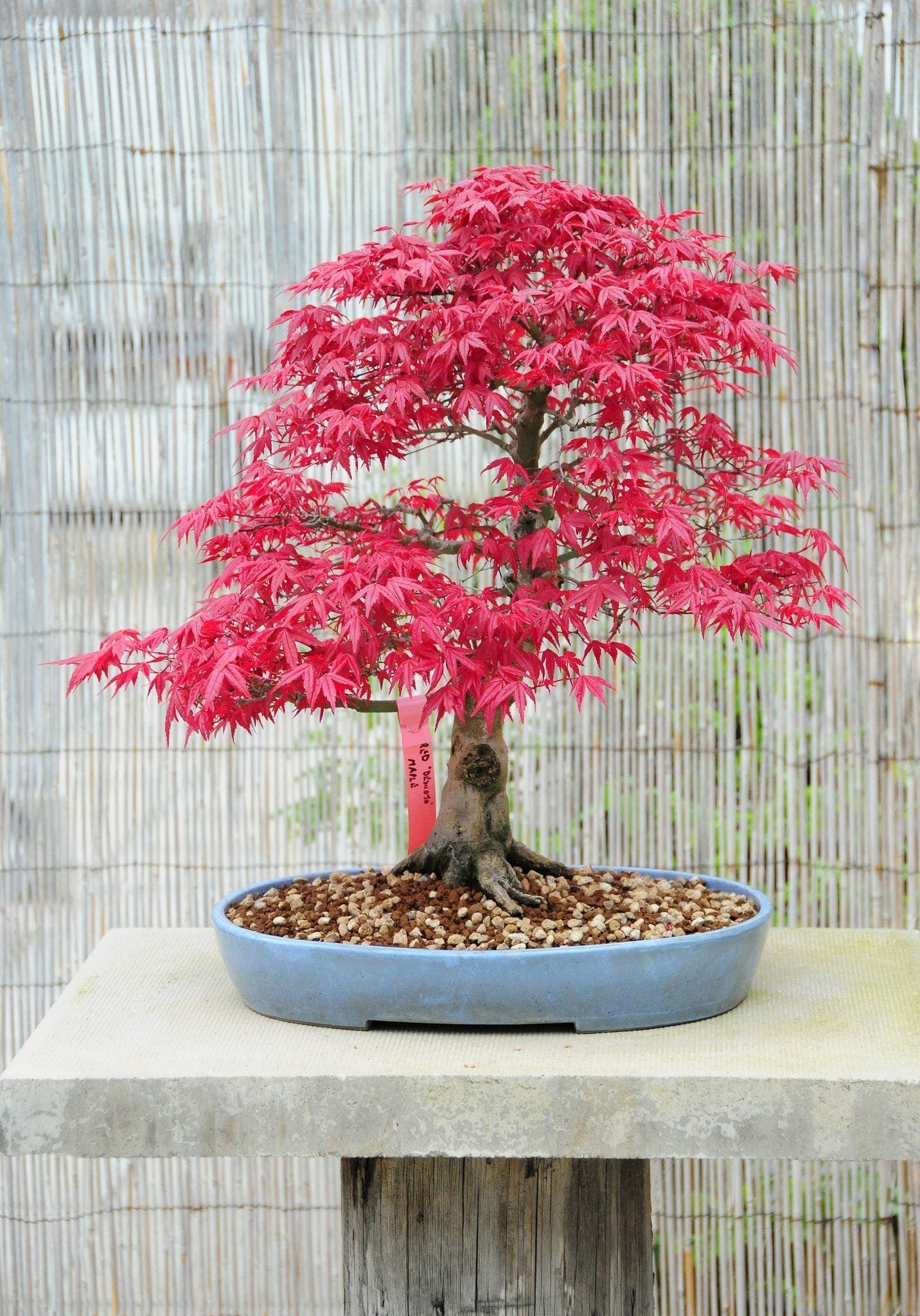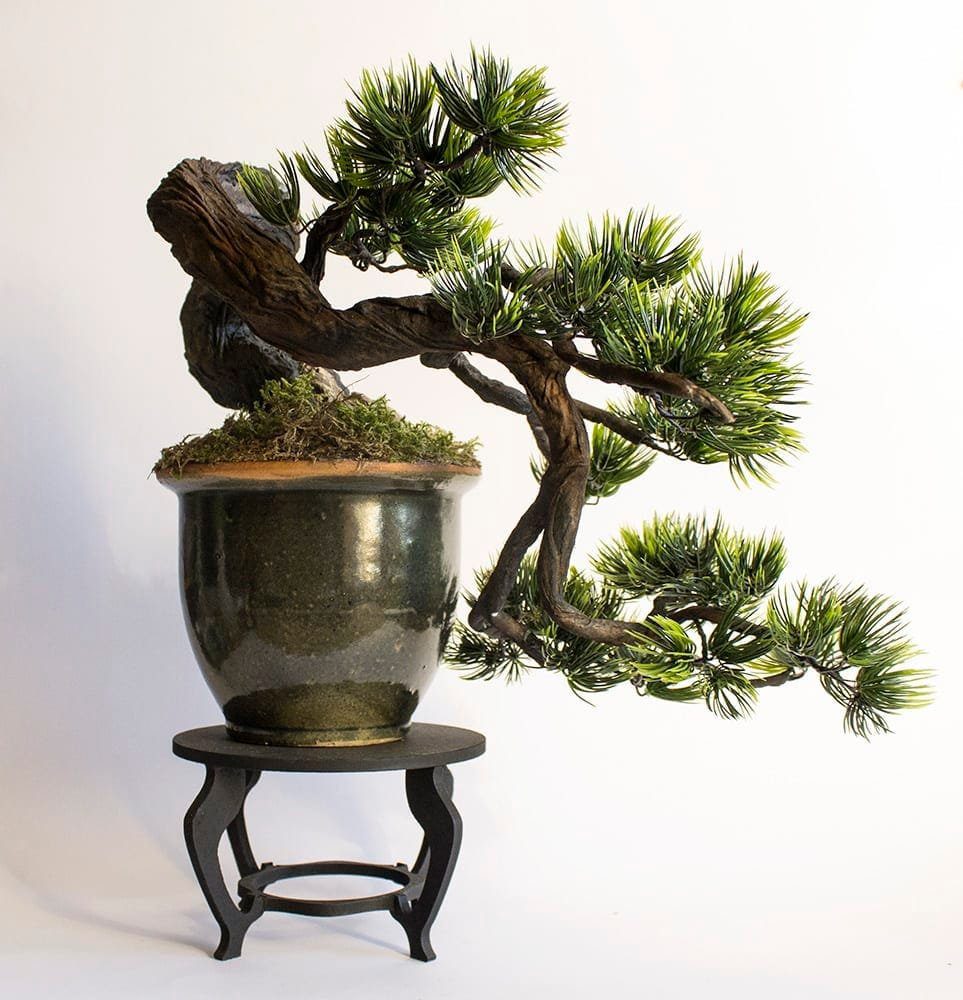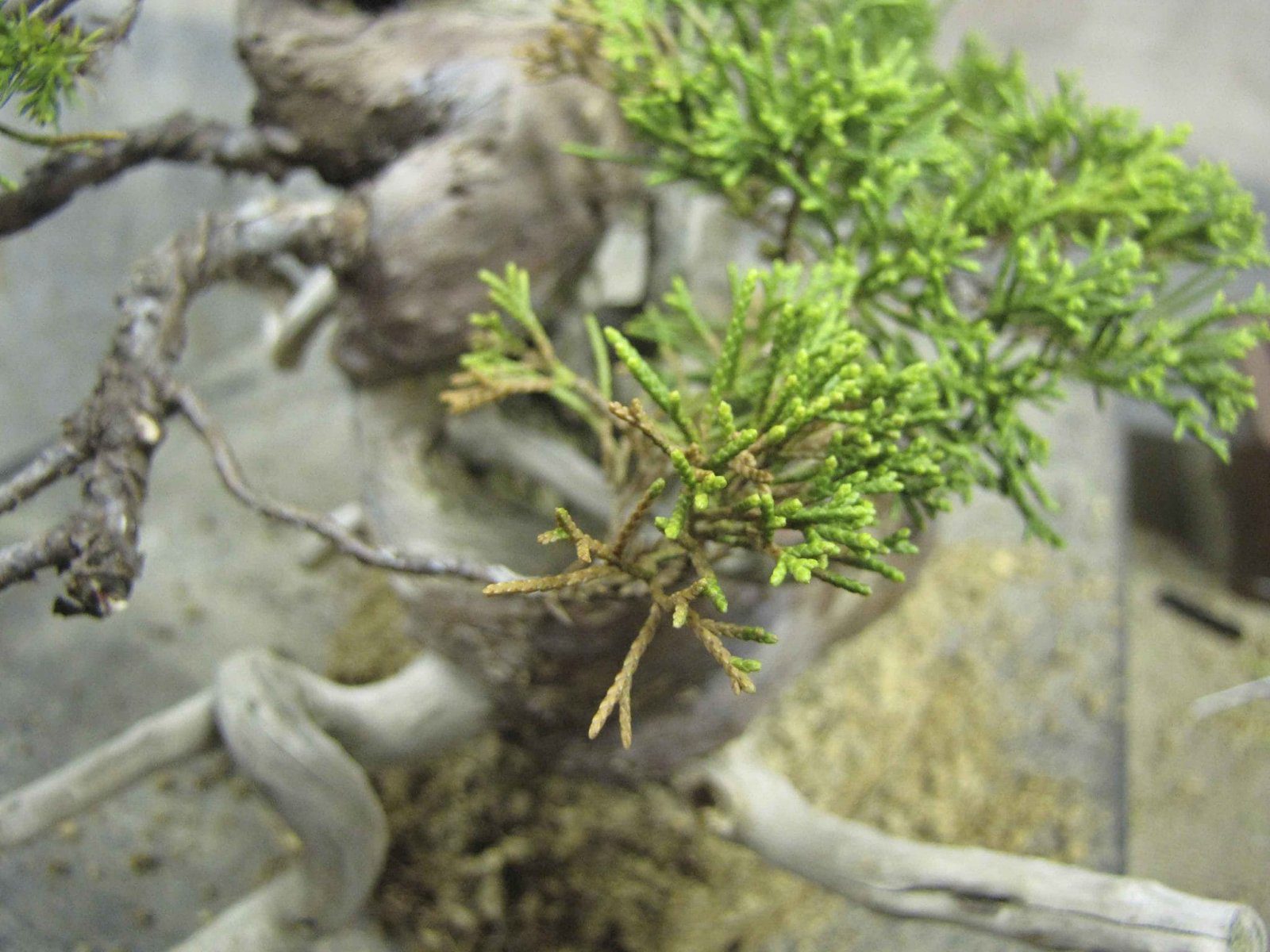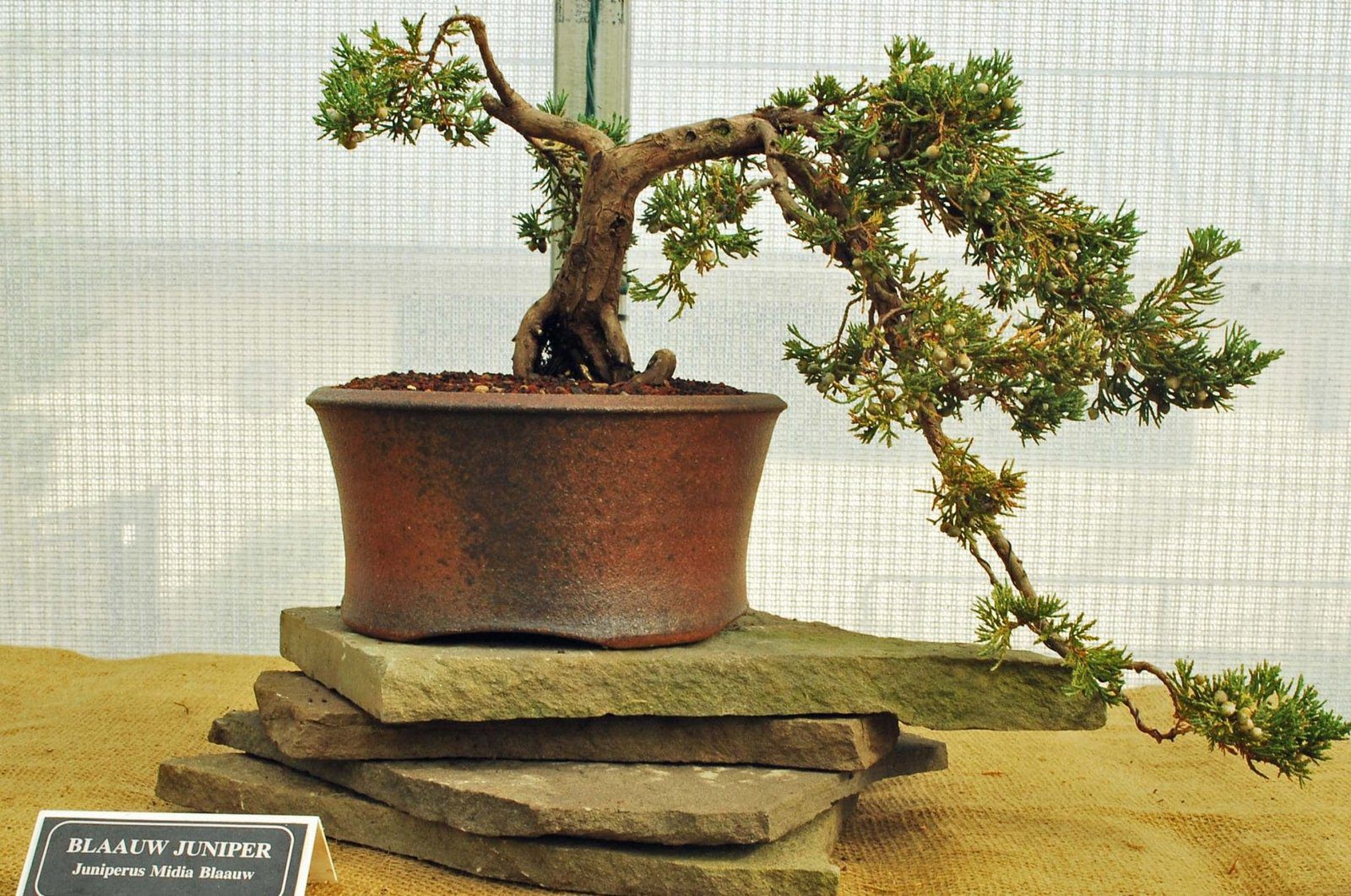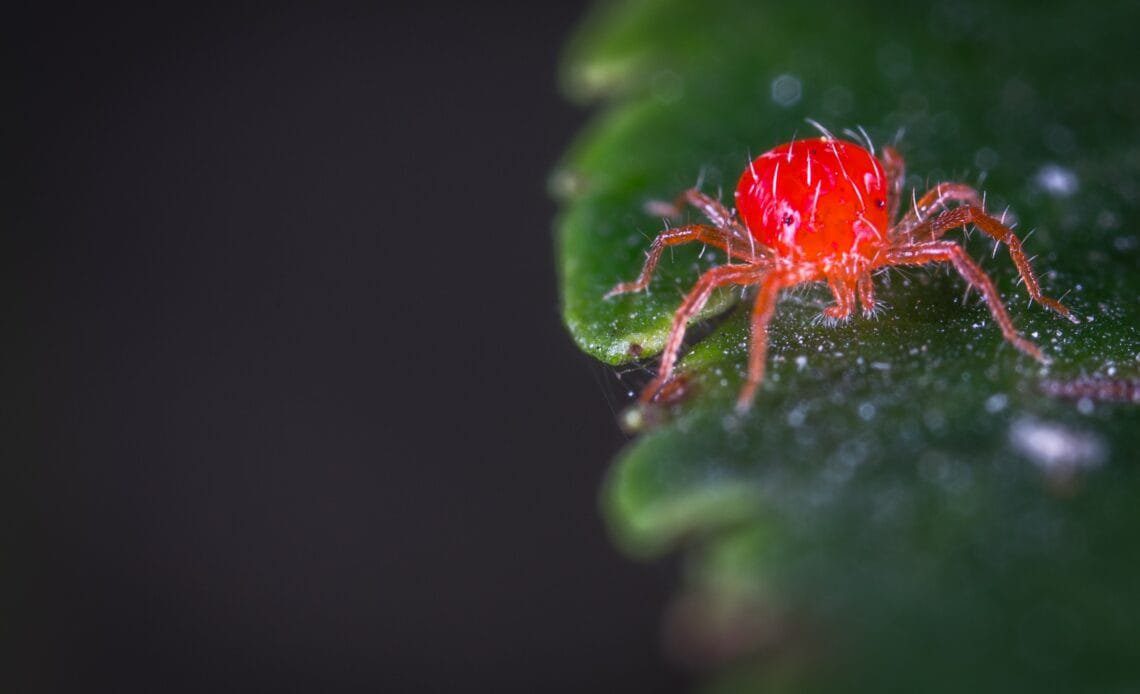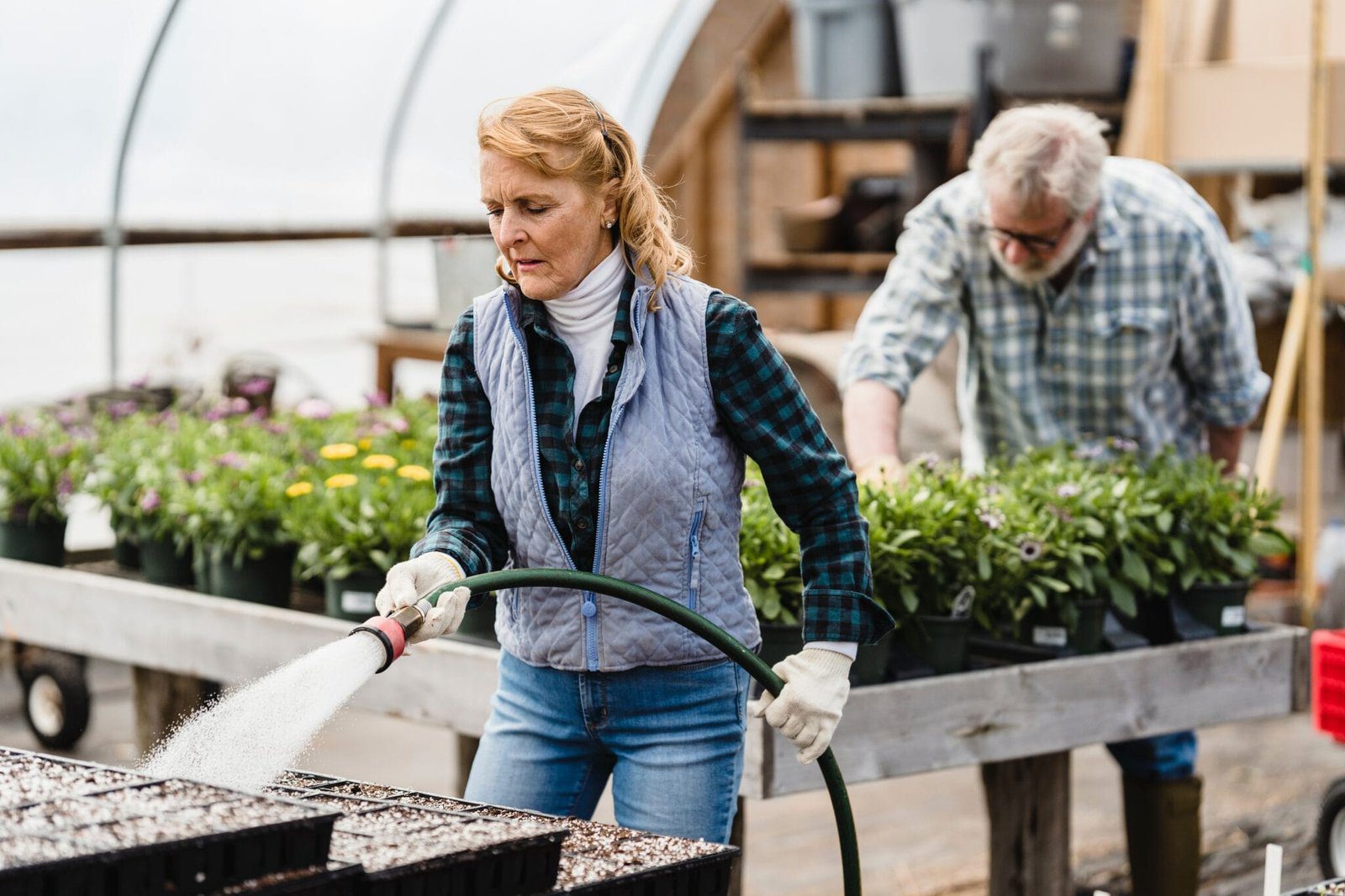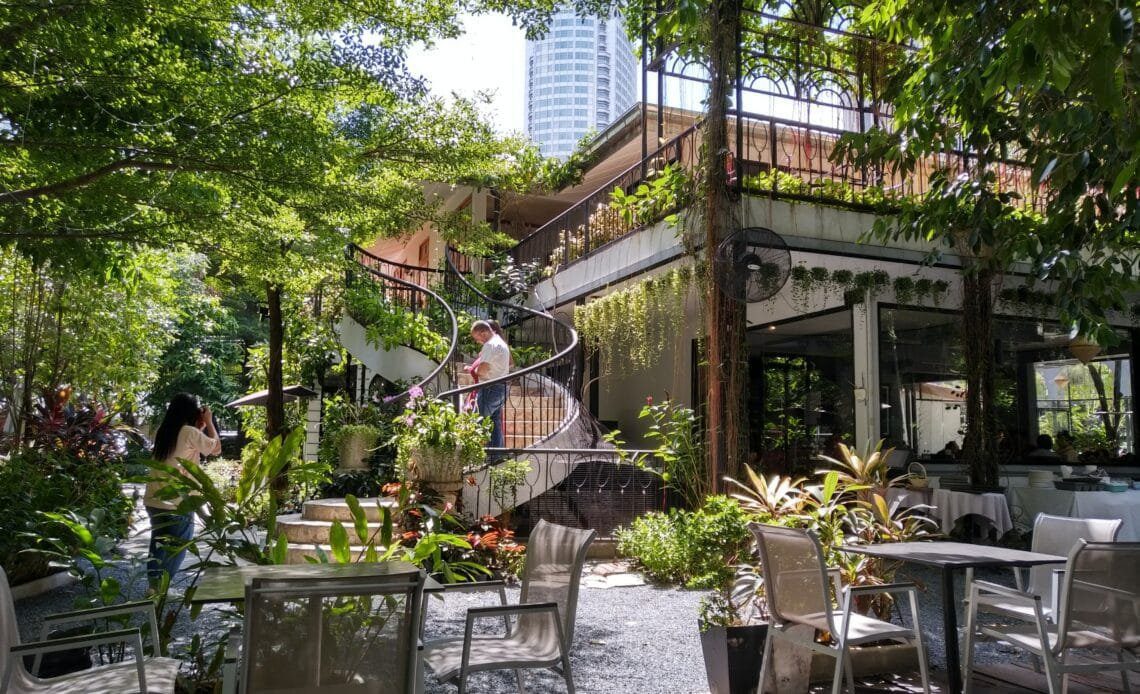Having an English translation of ‘moss ball’, the Kokedama ain’t only intended for a poor man. It’s an all-around gardening technique suitable most for minimalistic spaces. It’s a beautiful way to diversify your bonsai experience! The Kokedama is quite complicated…
Apple Bonsai Tree Apple trees fall into the group of tropical bonsai varieties. That’s because the apple tree is native to the American tropics. Also known as Pitch Apple and Monkey Apple, you can expect to see beautiful white and…
Formal Upright – Chokkan Basis of bonsai style The trunk of the tree is perfectly upright and straight, with the apex of the trunk directly over the base. Branches are regular, and progressively decrease in width and level of foliage from…
Perhaps you’ve noticed your juniper bonsai looking a little under the weather. Its needles appear brown and brittle and it’s not as perky as it once was. If you suspect your little tree is experiencing distress, it is best to…
Bonsai trees are considered as smaller versions of full-sized trees, and they have increasingly become popular over the years. While bonsai trees may look ornamental from the inside of a home or a beautiful Zen garden, they are requiring all…
All too frequently, your plant will experience scale, fungus, and an infestation of bugs. Unfortunately, they are all included in the package of growing bonsai. In this article, we’ll be tackling one of the most destructive insects in bonsai horticulture:…
Want more plants and flowers in your home but lack the time or space to do so? Want to practice your gardening skills before starting a full-scale project? If you want to add color and excitement to your outdoor area,…
Perhaps the most enjoyable aspect of garden planning is creating a design for your future landscape. It is incredibly satisfying to imagine how your garden will appear in a few months while the ground outside is still chilly and frozen. …
